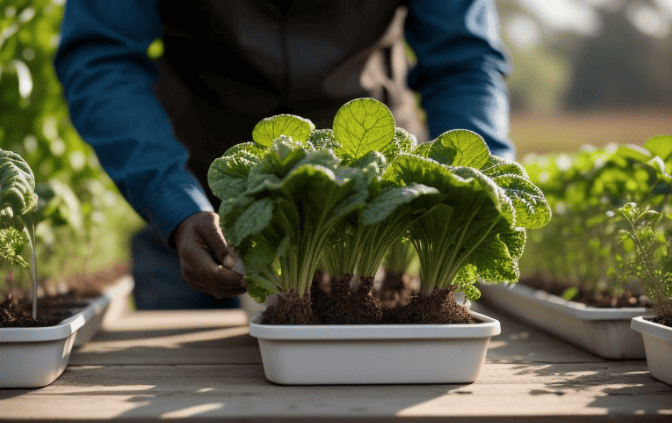Food Deserts - Transcript
Food deserts are areas where there is little or no access to healthy food. They can be found in many countries, but they are especially common in the United States. In fact, one study has shown that more than 40 percent of American cities have one or more food deserts.
Food deserts are usually located in poor neighborhoods that contain high numbers of fast-food restaurants and convenience stores. People living in these areas do not have easy access to fresh fruit and vegetables, so they tend to eat more unhealthy foods.
Cooking at home is also becoming less common. Experts believe that this trend will make the problem of food deserts even worse in the future. As the demand for fresh ingredients decreases, it becomes even less likely that grocery stores will move into these areas.
Food Deserts - Video
Navigating a Food Desert: A Real-Life Example

In some neighborhoods, it can be hard to find fresh and healthy food. This is called a “food desert.” Imagine living in a place where the nearest grocery store is far away, and the only nearby options are fast food restaurants and convenience stores.
City Living: The Example of South Chicago
Limited Access to Fresh Food
In the South Chicago neighborhood, many people face the challenge of living in a food desert. There are not many supermarkets with fresh fruits, vegetables, and other healthy options. Instead, residents often have to rely on corner stores or travel long distances for better food choices.
Corner Stores vs. Supermarkets
The Struggle for Nutritious Options
Corner stores in food deserts may not have a wide variety of fresh produce or healthy choices. They may mostly offer snacks, sodas, and packaged foods. Supermarkets, on the other hand, provide a larger selection of nutritious options, but in food deserts, they are often few and far between.
Impact on Health
Food Access and Well-Being
Living in a food desert can affect people’s health. Limited access to fresh, nutritious foods may lead people to eat more processed and unhealthy options. This can contribute to health issues like obesity and diabetes.

Community Solutions
Working Together for Change
Communities facing food desert challenges often come together to find solutions. Some start community gardens to grow fresh produce locally. Others advocate for more supermarkets to open in their neighborhoods. Working together, people can make positive changes to improve access to healthy food.
Conclusion: Raising Awareness
Understanding the reality of food deserts, like the one in South Chicago, is the first step toward making positive changes. By raising awareness, supporting local initiatives, and fighting for better access to fresh and nutritious foods, communities can work towards creating a healthier food system for everyone.







